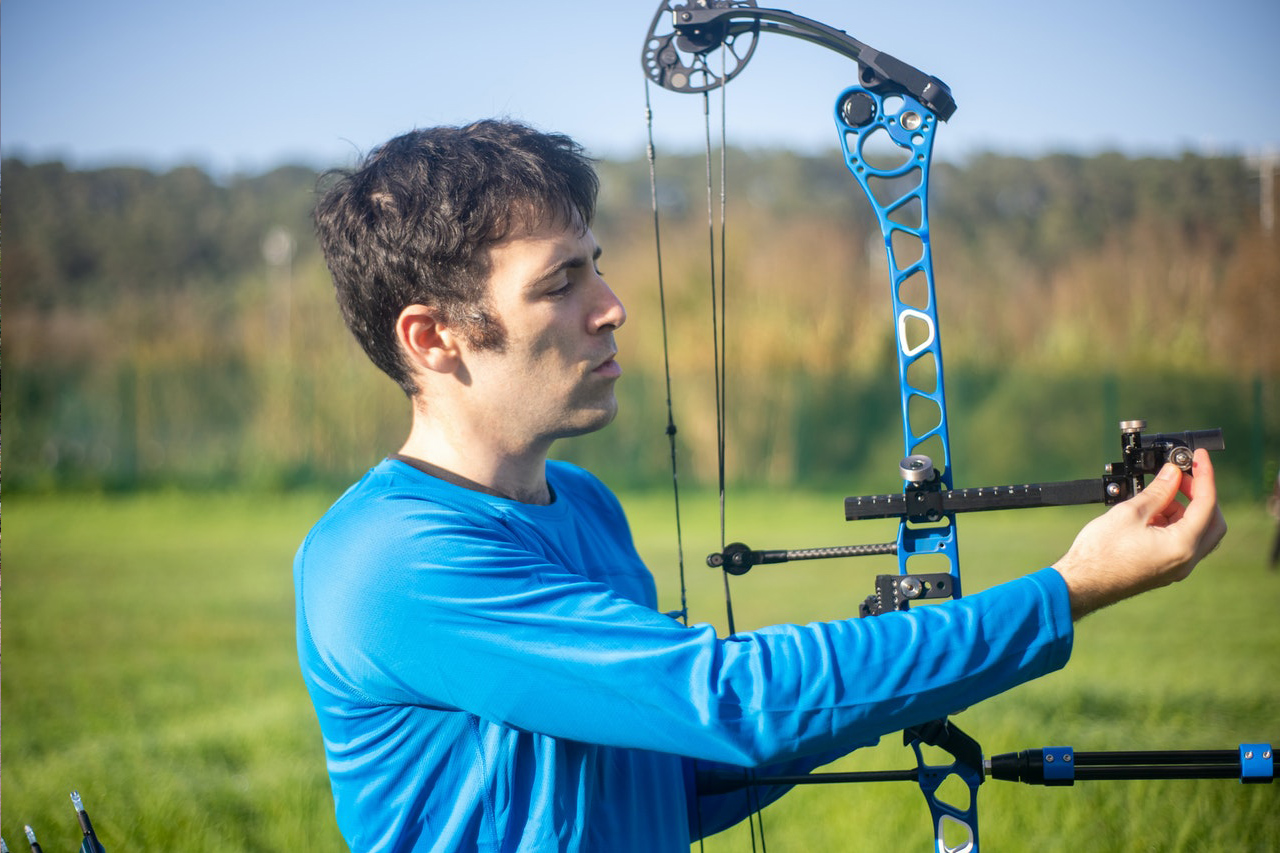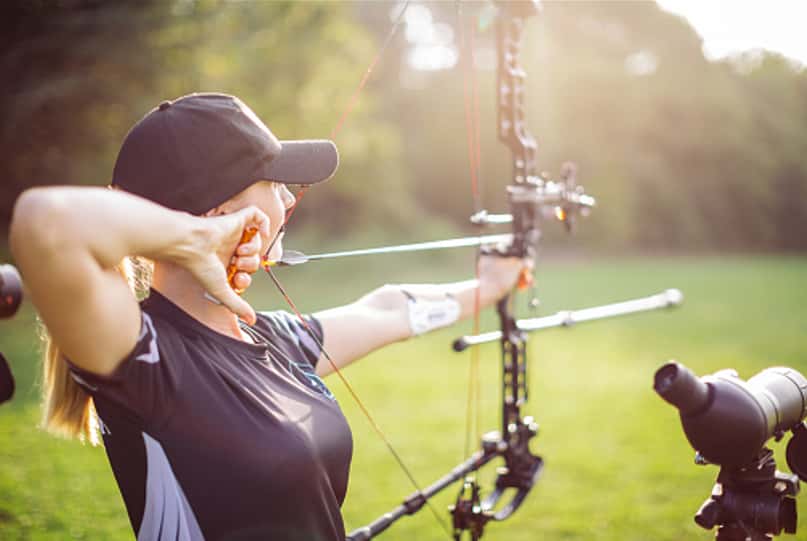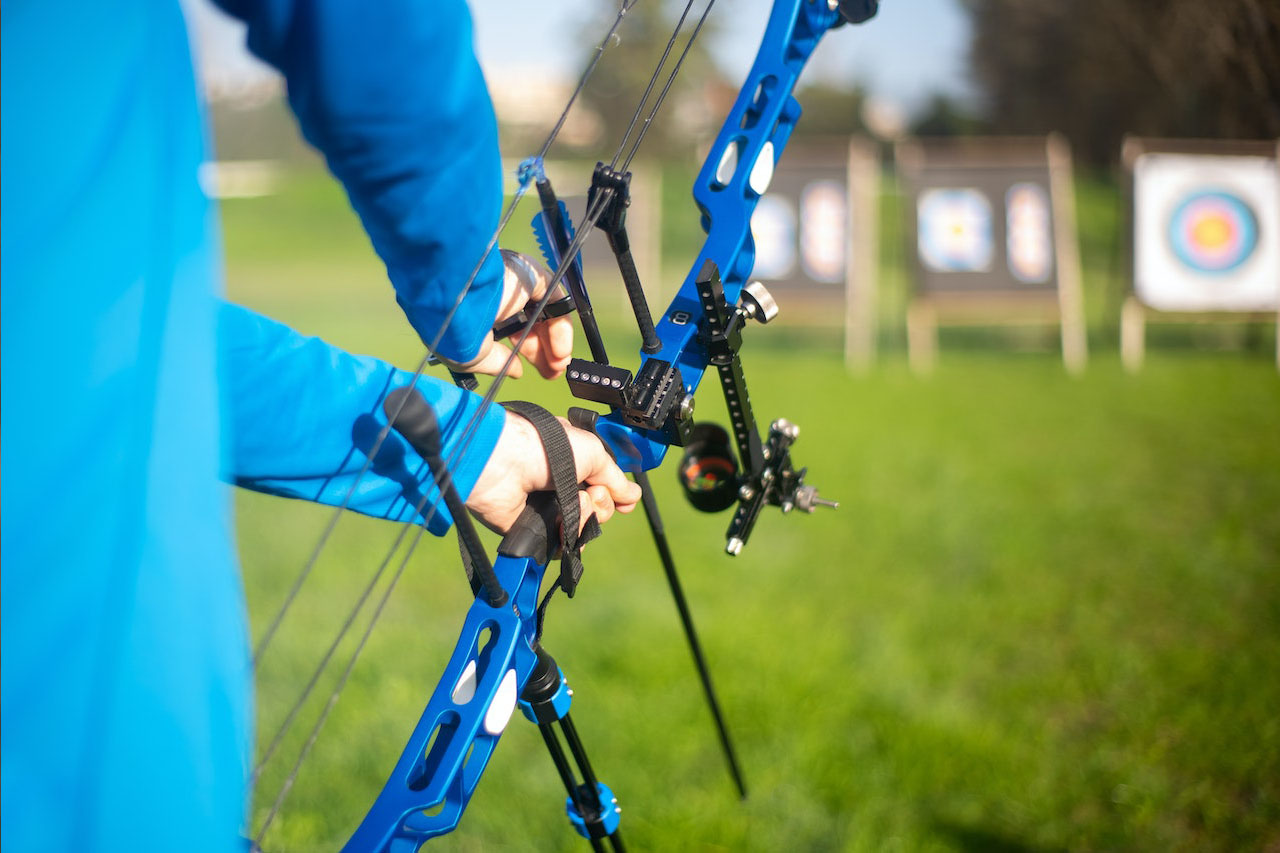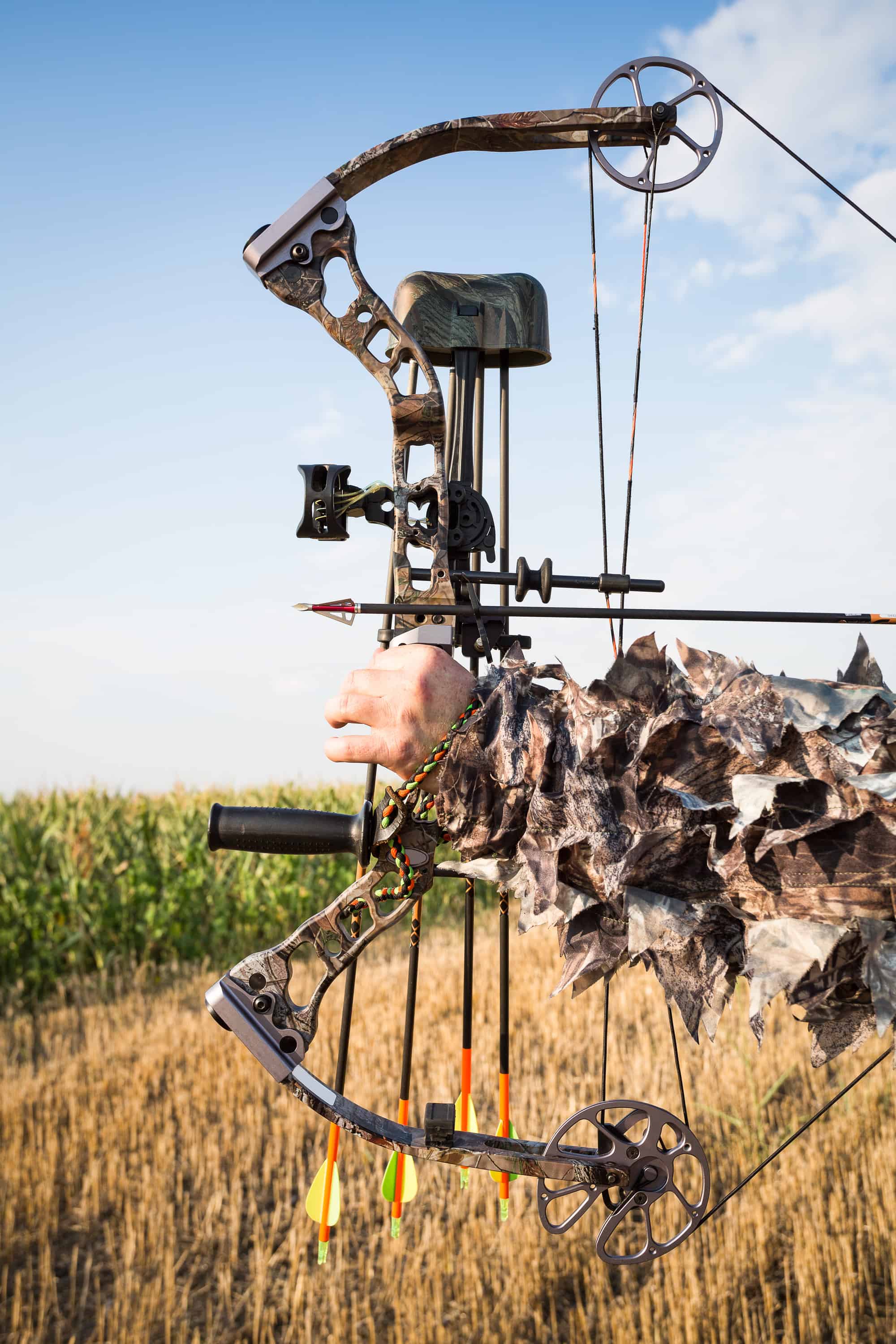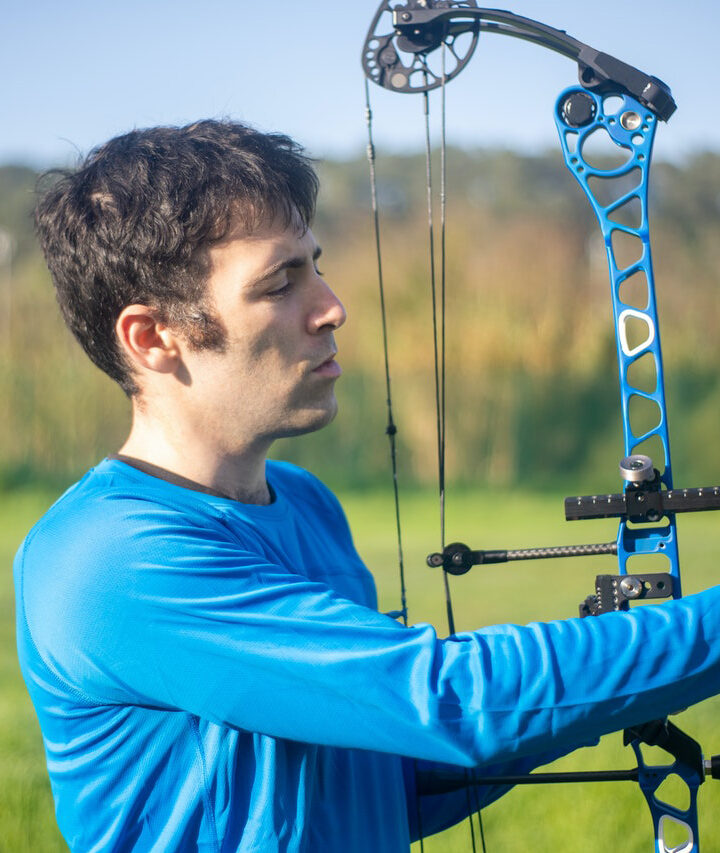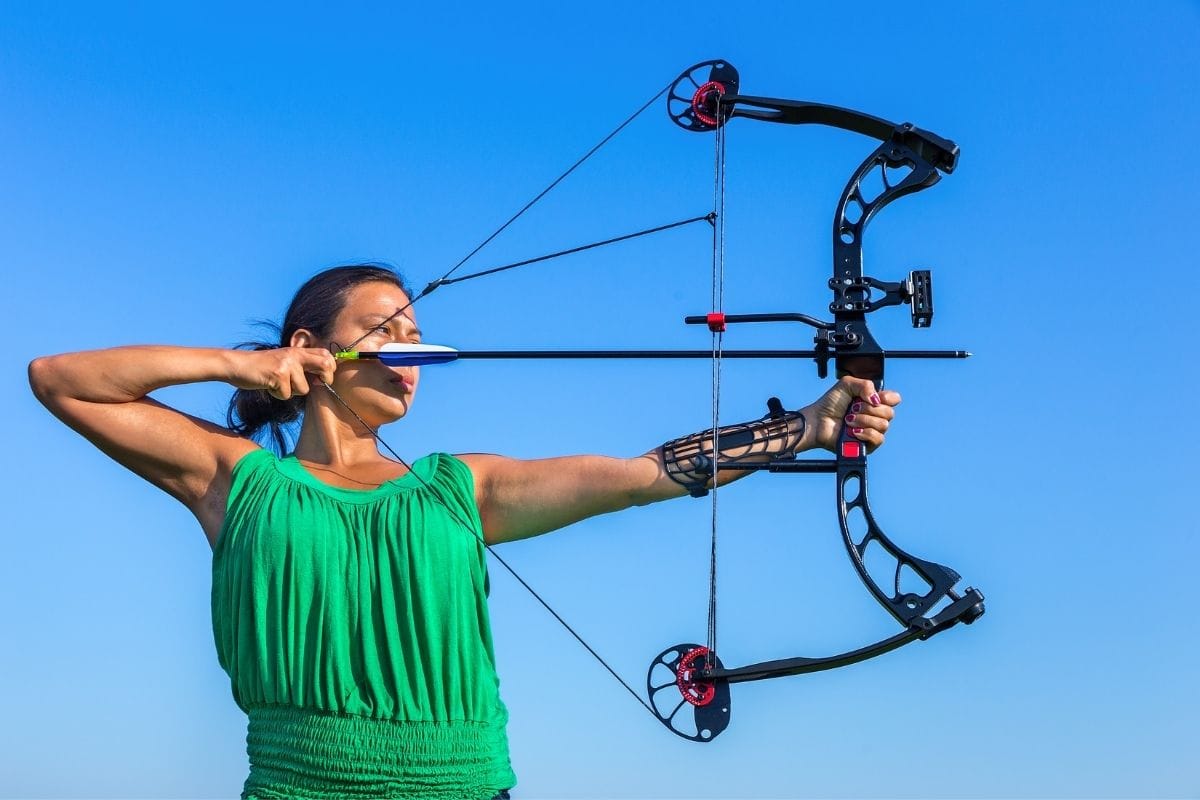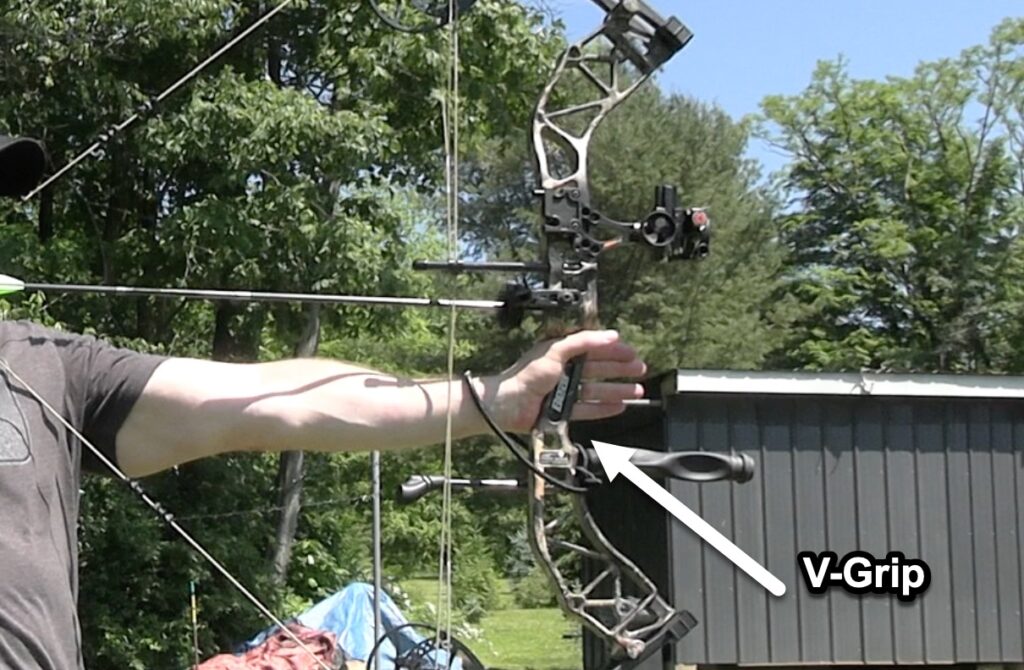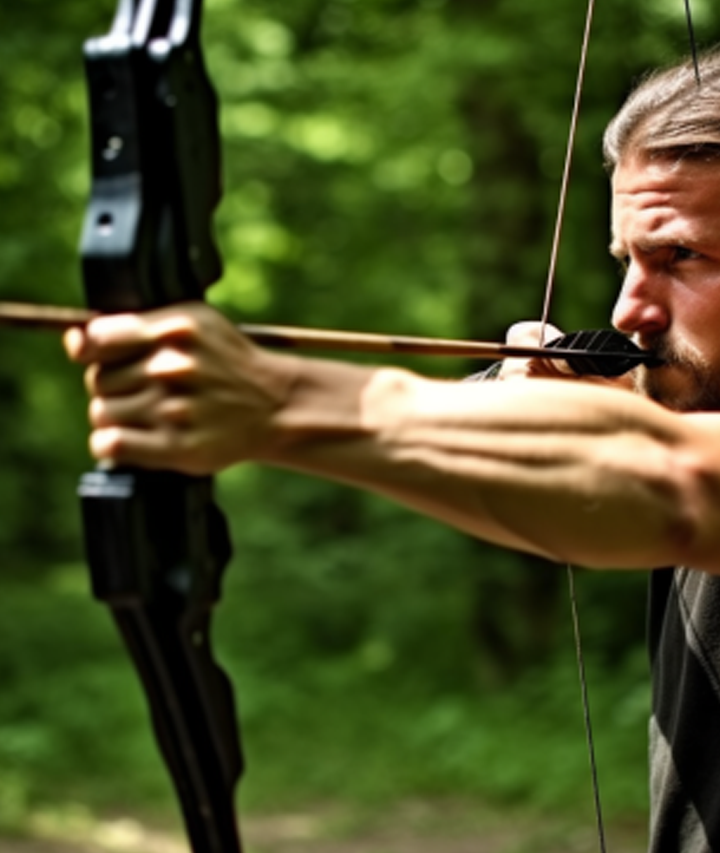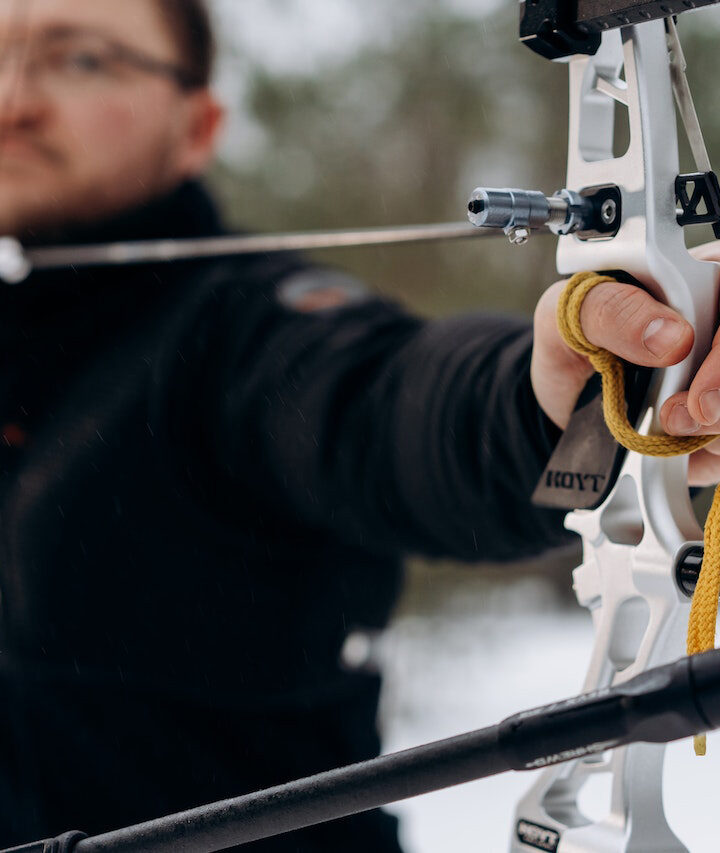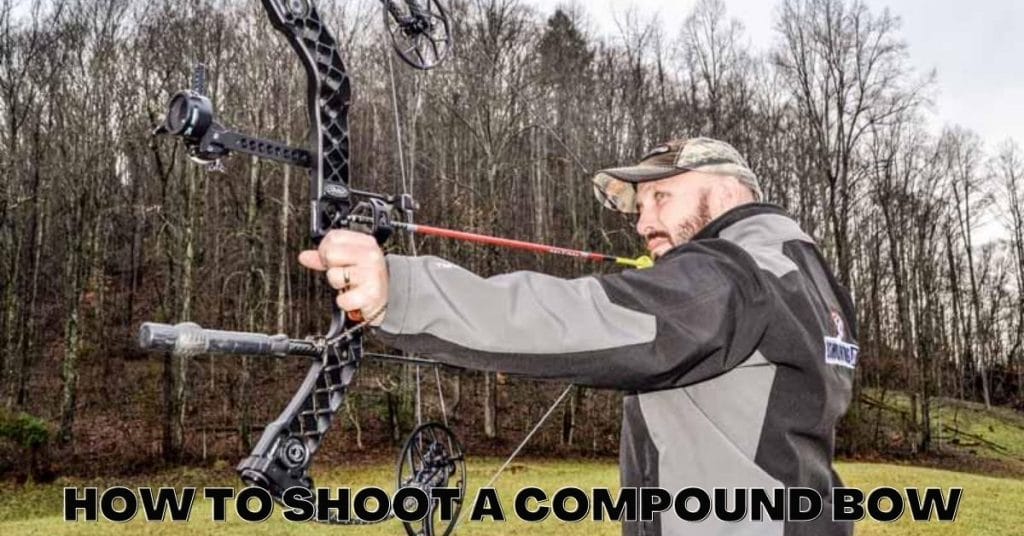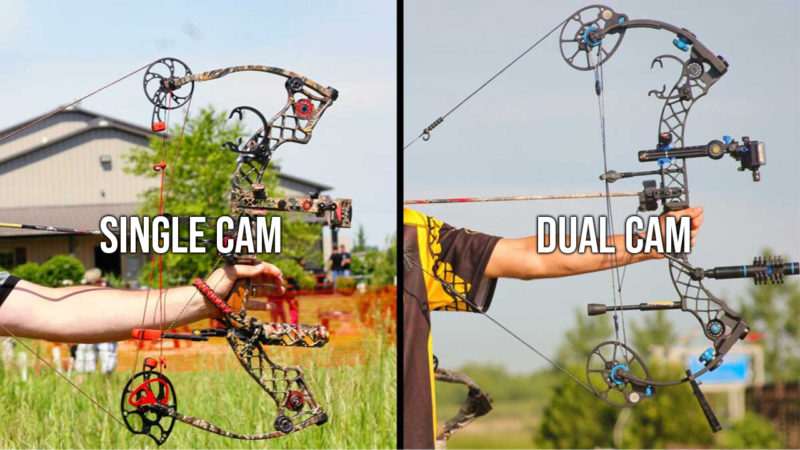Can You Shoot A Compound Bow Without A Release

The question sparks immediate debate in archery circles: can you effectively and safely shoot a compound bow without a mechanical release aid? While seemingly straightforward, the answer delves into the mechanics of the bow, the archer's skill, and, crucially, the potential dangers involved.
This isn't merely an academic question. Imagine a hunting scenario where a release malfunctions, or a survival situation where equipment is lost or broken. Knowing the viability of shooting a compound bow without a release could be the difference between success and failure, or even life and death.
The Nut Graf: Understanding the Core Issue
At its heart, the issue revolves around the drastic difference in draw weight and the precision required for an accurate shot with a compound bow. Modern compound bows are designed for use with mechanical releases, which provide a clean, consistent break and alleviate the immense finger pressure needed to hold back the string. Attempting to shoot one without a release immediately introduces variables that affect accuracy, consistency, and safety.
The challenge lies in maintaining a consistent anchor point, achieving a clean release, and mitigating the potential for string pinch – all while handling significant draw weight. Let's delve into these challenges in more detail.
The Mechanical Advantage (and Disadvantage)
Compound bows utilize a system of cams and pulleys to reduce the holding weight at full draw. This "let-off," often 70-90% of the peak draw weight, allows archers to hold the bow at full draw for longer periods, theoretically improving aim.
However, this advantage is predicated on using a mechanical release. The release provides a crisp, controlled break, minimizing string interference. Without it, the fingers must bear the brunt of the remaining holding weight, even if it's only 10-30% of the peak draw weight, which can still be substantial.
This leads to finger fatigue, inconsistent release, and a high probability of string torque, where the fingers pull the string slightly to one side, severely impacting accuracy.
The Danger Factor: A Critical Consideration
Safety is paramount. Shooting a compound bow without a release carries a significant risk of dry-firing. A dry-fire occurs when the bow is drawn and released without an arrow in place.
The energy, normally transferred to the arrow, is instead absorbed by the bow itself, potentially causing catastrophic damage and injury to the archer. Without the consistent pull and release provided by a mechanical release, the chances of unintentionally dry-firing increase dramatically.
Furthermore, the lack of a release can lead to string slap, where the string violently strikes the archer's forearm upon release. This can cause severe bruising and nerve damage. Protection is critical if experimenting in this area.
Techniques and Considerations (If Absolutely Necessary)
While strongly discouraged, if one *must* shoot a compound bow without a release in an emergency, specific techniques can be employed to minimize risk.
The most common involves using a three-finger under draw, similar to how one might draw a traditional recurve bow. This requires heavy finger protection, such as thick gloves or tabs, to prevent string burn and discomfort. A deep hook is required to avoid dropping the string.
However, even with proper technique, accuracy and consistency will be significantly compromised. Experts recommend drastically reducing the draw weight to a manageable level to improve control and reduce the risk of injury. This also require adjusting to the correct draw length.
Expert Opinions and Recommendations
Most archery experts strongly advise against shooting a compound bow without a mechanical release. The Archery Trade Association (ATA), the leading trade organization for archery and bowhunting equipment manufacturers, emphasizes the importance of using equipment as intended.
Several professional archers have stated in interviews that while theoretically possible in a survival situation, it’s far from ideal and should only be attempted as a last resort.
They emphasize the importance of practicing with the correct equipment and maintaining it properly to avoid situations where shooting without a release becomes necessary.
The Future of Archery Technology
Advancements in archery technology continue to focus on improving accuracy, consistency, and safety. While the core principles of compound bow design remain relatively unchanged, innovations in release aid technology are constantly emerging.
These innovations include more adjustable triggers, enhanced ergonomic designs, and features that minimize string torque. Furthermore, research into materials and manufacturing processes could lead to more durable and reliable releases.
As technology progresses, the need to shoot a compound bow without a release is likely to become even less frequent, further reinforcing the importance of using equipment as designed.
Conclusion: Proceed with Extreme Caution
In conclusion, while it *is* technically possible to shoot a compound bow without a release, it is generally unsafe, inaccurate, and strongly discouraged. The risks of injury, equipment damage, and poor performance far outweigh any potential benefits, except in dire emergency situations.
If faced with such a situation, proper technique, reduced draw weight, and adequate finger protection are crucial. Ultimately, prioritizing safety and adhering to manufacturer recommendations remain the best course of action. Prior practice in this area is ill-advised.
The focus should remain on maintaining equipment, practicing with the appropriate gear, and understanding the limitations of the technology.
